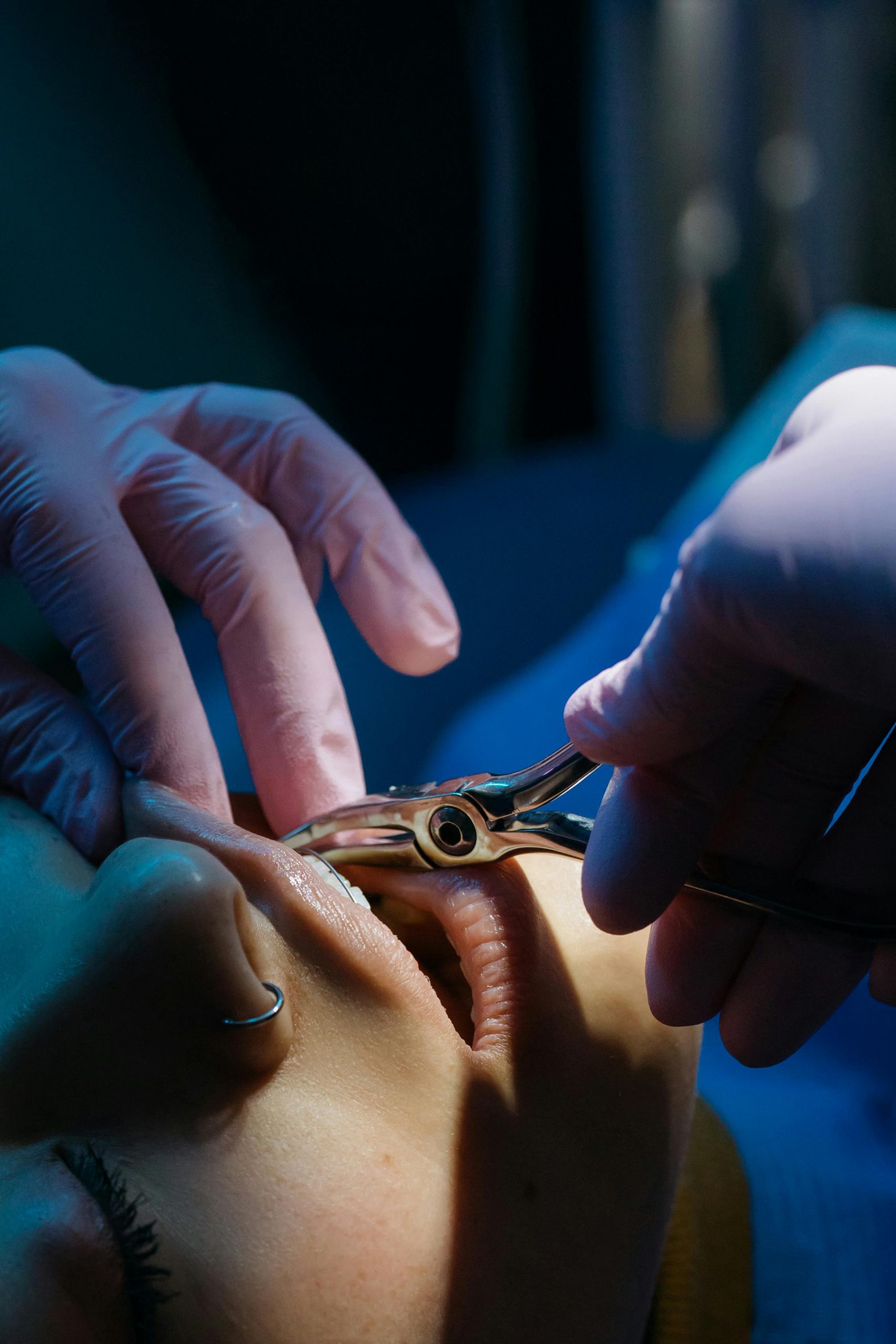Tooth extraction is a common dental procedure, whether for wisdom teeth removal, severe decay, or orthodontic reasons. While the surgery itself is relatively quick, proper post-operative care—especially your diet—plays a crucial role in healing. Eating the right foods can speed up recovery, reduce discomfort, and prevent complications like infection or dry socket. This guide explores the best healing foods to eat after tooth extraction for a faster, smoother recovery.
Why Your Diet Matters After Tooth Extraction
After a tooth extraction, your mouth needs time to heal. The empty socket forms a blood clot, which protects the underlying bone and nerves. Dislodging this clot (a condition called dry socket) can delay healing and cause severe pain. Soft, nutrient-rich foods help by:
- Minimizing chewing pressure on the extraction site
- Providing essential vitamins and minerals for tissue repair
- Reducing irritation and inflammation
- Keeping you hydrated without risking clot disruption
Stick to liquids and soft foods for the first 24–48 hours, then gradually reintroduce semi-soft options as healing progresses.
Best Foods to Eat Immediately After Tooth Extraction (First 24–48 Hours)
During the initial recovery phase, focus on cool or room-temperature foods that require no chewing. Avoid hot, spicy, or acidic foods that could irritate the wound.
- Broth-based soups: Warm (not hot) chicken, beef, or vegetable broth provides hydration and electrolytes.
- Greek yogurt or pudding: Soft, protein-rich, and easy to swallow without chewing.
- Applesauce: A smooth, vitamin-packed option that’s gentle on the mouth.
- Smoothies: Blend bananas, berries, spinach, and protein powder (avoid straws to prevent dry socket).
- Mashed potatoes: Creamy and filling, but ensure they’re lukewarm.
Stay hydrated with water, herbal teas, or coconut water—just avoid carbonated or sugary drinks.
Nutrient-Rich Soft Foods for Days 3–7
Once the initial swelling subsides, you can introduce slightly thicker foods that promote healing. Prioritize protein, vitamins A and C, zinc, and omega-3s to support tissue repair.
- Scrambled eggs: Soft, high in protein, and easy to digest.
- Avocado: Packed with healthy fats and vitamins E and K for wound healing.
- Oatmeal or cream of wheat: Warm, comforting, and rich in fiber.
- Steamed or pureed vegetables: Carrots, squash, or spinach provide essential nutrients.
- Cottage cheese or ricotta: Soft dairy options with calcium and protein.
If tolerated, add finely flaked fish (like salmon) for omega-3s, which reduce inflammation.
Foods to Avoid After Tooth Extraction
Certain foods can hinder recovery or even cause complications. Steer clear of these until fully healed:
- Crunchy or hard foods: Chips, nuts, or raw veggies can dislodge the blood clot.
- Spicy or acidic foods: Salsa, citrus, or vinegar-based dressings may irritate the wound.
- Hot beverages: Coffee, tea, or soup can dissolve the clot if too hot.
- Alcohol and carbonated drinks: These can delay healing and increase bleeding risk.
- Sticky or chewy foods: Gum, caramel, or dried fruit can get stuck in the socket.
Also, avoid using straws for at least a week—the suction can dislodge the clot.
Tips for a Smooth Recovery
Beyond diet, follow these best practices to ensure quick healing:
- Rest: Avoid strenuous activity for 48 hours to prevent bleeding.
- Ice packs: Apply to the cheek in 15-minute intervals to reduce swelling.
- Oral hygiene: Gently rinse with warm salt water after 24 hours (no vigorous swishing).
- Medication: Take prescribed antibiotics or pain relievers as directed.
- Follow-up: Attend post-op appointments to monitor healing.
If you experience severe pain, fever, or pus, contact your dentist immediately—these could signal infection.
Recovering from a tooth extraction doesn’t have to be painful or complicated. By choosing the right healing foods—broths, yogurt, mashed veggies, and protein-rich soft foods—you’ll nourish your body while protecting the extraction site. Avoid hard, spicy, or hot items that could disrupt clotting, and prioritize hydration and rest. With proper care, most people heal within a week. Always follow your dentist’s specific instructions for the best results.
